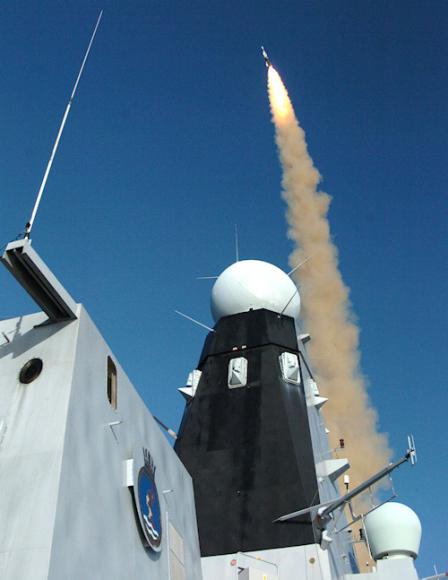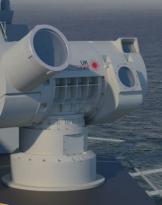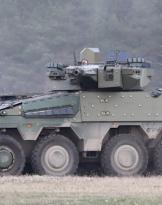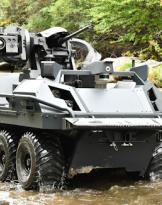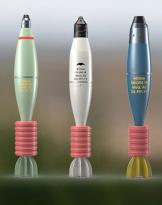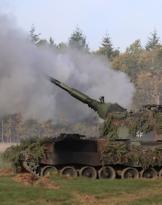MBDA has been awarded three contracts worth approximately £400 million to scale up and maintain its wide area air defense system sea viper of the Royal Navy's Type 45 destroyers.
Two contracts, named Sea Viper Evolution, will allow the Type 45 destroyers to defend the Carrier Strike Group from anti-ship ballistic missiles (ASBMs - anti-ship ballistic missiles). At the same time, another contract will provide logistical support (ISS-In Service Support) extended and upgraded to the Sea Viper for a further five years.
MBDA is prime contractor e design authority of the weapon system sea viper which includes the sensor (radar), the command and control system and the missile.
Chris Allam, managing director of MBDA UK, said: “These contracts will make the Sea Viper the most effective naval air defense system ever developed for the Royal Navy, throughout our sixty-year history as the main supplier of air defense systems to the British Navy. Through MBDA, they will also see the UK further strengthen cooperation with France and Italy by joining the Aster 30 Block 1 programme, giving the UK the capability to shoot down anti-ship ballistic missiles.”.
As part of the Sea Viper Evolution contracts, the main activity will consist in supplying updated Block 1 heads and new software, for driving and seeker, to current missiles Aster 30 of the Royal Navy, thus enabling them to deal with new threats from anti-ship ballistic missiles, whilst maintaining their globally unique anti-air warfare capability. The multifunction radar will also be updated Sampson and the Type 45's combat management system. An integrated MBDA team, made up of colleagues from the UK, France and Italy, is working on the upgrades together with BAE Systems Maritime Services.
Scott Jamieson, managing director of BAE Systems Maritime Services, said: “Our radar teams are excited to be working with MBDA on the upgrade of our Sampson radar for the Sea Viper Evolution on board the UK's Type 45 destroyers. This new capability will form a key element of the UK's naval ballistic defense programme."
The second part of the Sea Viper Evolution provides for an evaluation phase relating to the insertion of the new missile Aster 30 Block 1NT on Type 45 destroyers, as well as further improvements to the radar and the weapon system as a whole, to provide world-leading capability against medium-range maneuvering ballistic missiles with potentially separable terminal carrier.
The extension of the In-Service Support contract (ISS-In Service Support) will remain based on an innovative data-driven MBDA approach that optimizes stock availability, ensuring the Royal Navy's weapons systems are always ready when they are needed.

